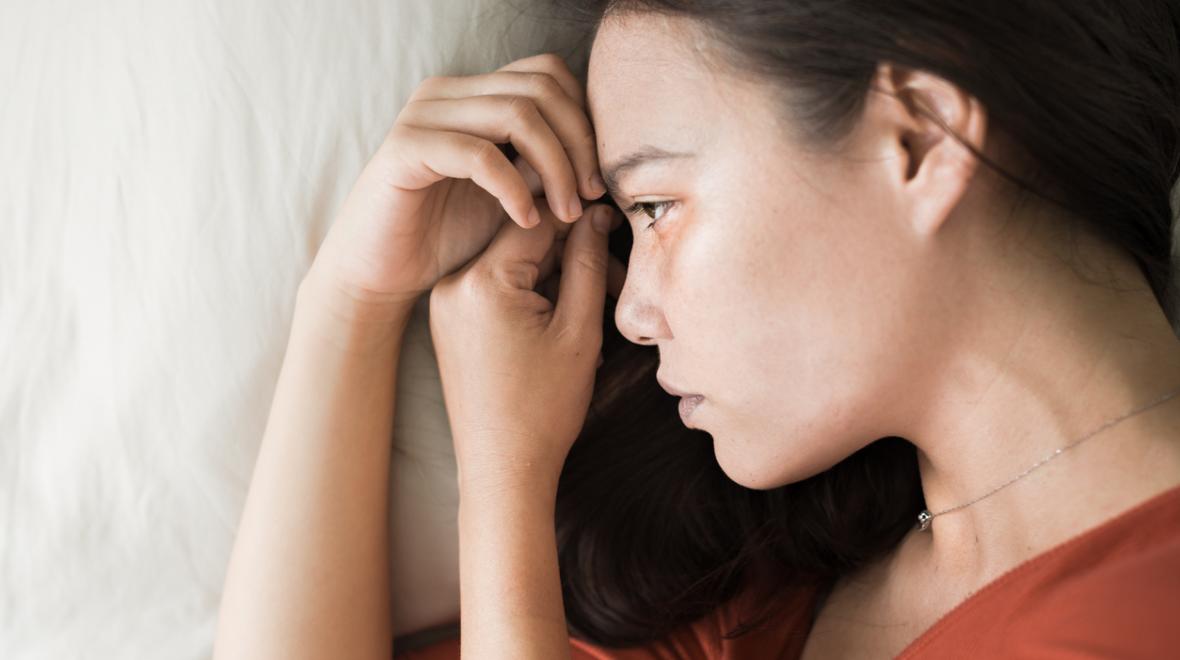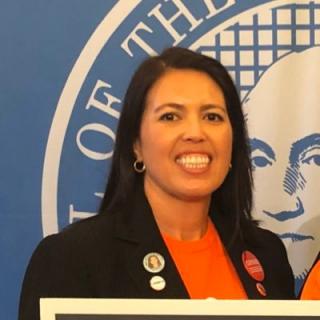
September is back-to-school season. Normally that means a return to classrooms and extracurricular activities and routines. For many of our students, it also means the threat of school shootings.
That is a reality my family knows all too well. Two years ago, my 16-year-old daughter Carmen was shot and killed at Marjory Stoneman Douglas High School in Parkland, Florida.
Going back to school has never been the same for my family. This year, it isn’t the same for anyone. Most students in Washington are not returning to their classrooms. And while I wish things were different, I am grateful that, at least for now, they are safe from the horror of school shootings.
Sadly, our young people are at risk of another kind of gun violence: firearm suicide. And just as our school districts and communities work to protect our children from school shootings, they can help protect them from suicide by firearm.
September is National Suicide Prevention Month, a time meant to draw attention to the risks of suicide and tools available to prevent it. This year, as our communities confront the challenges of COVID-19, suicide prevention is more important than ever.
Suicide is the second-leading cause of death for kids and teens in the United States. And even before the coronavirus upended daily life, youth suicide was on the rise in Washington state. Between 2016 and 2017, suicide rates among 10- to 17-year-olds spiked 32 percent.
The COVID-19 crisis has left our young people particularly vulnerable to firearm suicide. The pandemic has kept them away from their friends and peers for more than six months ― a lifetime to children and teens. For youths, socialization isn’t just fun, it is crucial for development. Young people need social connections to develop a sense of identity and belonging. And experts agree that socializing on screens is no substitute for in-person interactions.
Without school and extracurricular activities, many young people are feeling desperately isolated. Social isolation is a serious risk factor for depression and suicide. And disturbingly, it is not the only risk factor that has increased in the time of COVID-19. Adding to the risk of suicide is the surge in gun sales, which began when the first stay-at-home orders took effect in March and has continued in our region.
When it comes to suicide, means matter greatly, and firearms are by far the most lethal means. Some 85 percent of all suicide attempts with a firearm are fatal. By comparison, just 3 percent of suicide attempts by overdose are fatal.
A gun in the home increases the risk of suicide threefold. A 2019 study found this risk could be particularly high for young people: Researchers at Boston University found that a 10-percent increase in household gun ownership is correlated with a more than 25-percent increase in the youth suicide rate.
The good news is that firearm suicide is preventable. One of the surest ways to reduce the risk of suicide is safe firearm storage. Keeping guns locked, unloaded and separate from ammunition creates a meaningful barrier between suicidal thought and action. Nine in 10 people who survive a suicide attempt do not go on to die by suicide. So, as Matthew Miller, a suicide researcher at Harvard, says, “If you save a life in the short run, you likely save a life in the long run.”
Safely storing firearms also protects children from unintentional shootings. As young people remain home from school and parents struggle to balance work and child care, the risk of children finding an unsecured firearm and unintentionally firing it is heightened.
As an educator, I understand the important role schools play in our communities. As a mother who knows the pain of having a child taken by a bullet, I am urging our school districts to help spread information about safe firearm storage. It can mean the difference between life and death.
If you or someone you know is in crisis, call the National Suicide Prevention Lifeline: 1-800-273-8255. More suicide prevention resources ― including other helplines, safe storage options and more ― can be found here.











